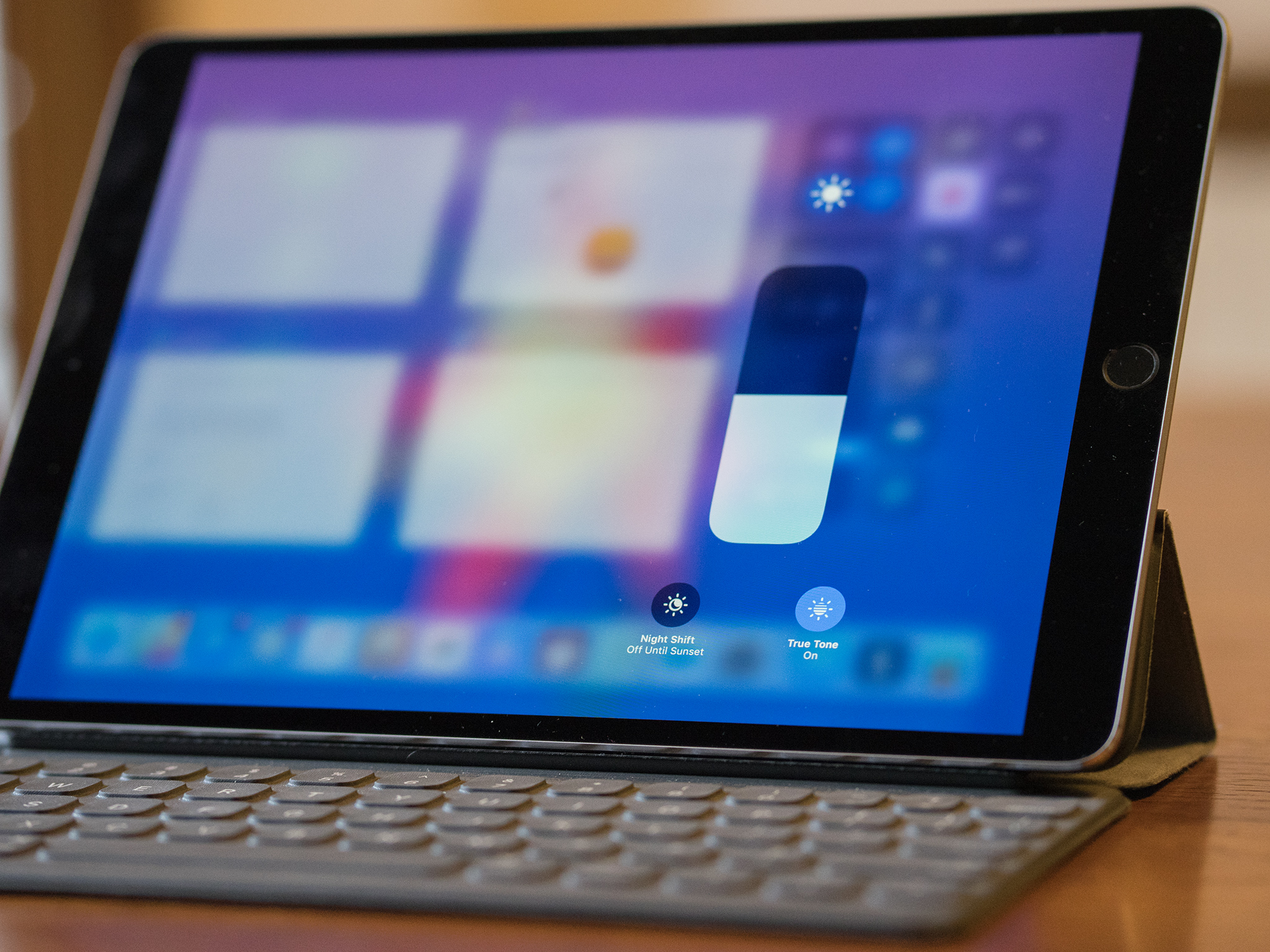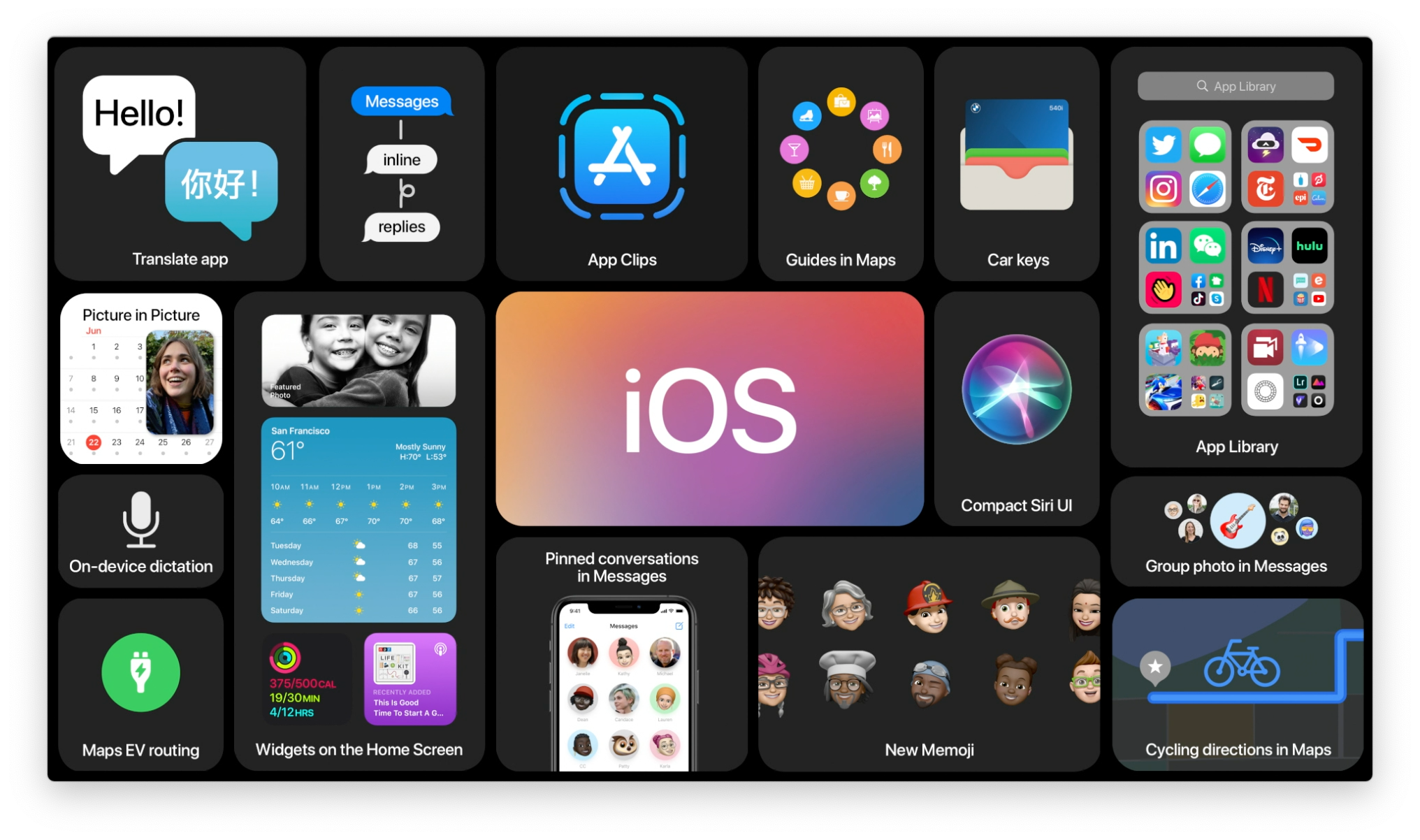Why you should use True Tone on your iPhone, iPad, or MacBook Pro

True Tone is a display technology first introduced in 2016 on the 9.7-inch iPad Pro that has since made it's way into Apple's 2017 iPad Pros, along with the iPhone 8, iPhone 8 Plus, and iPhone X. Most recently, True Tone has made the jump to the Mac lineup with the 2018 MacBook Pro. The feature tries to match the color temperature and intensity of your device's display to that of the ambient light in your surroundings. This allows the content on your screen to appear more natural, while also, at least Apple hopes, reducing eye strain.
To learn more about using True Tone on your devices, check out our guide.
What devices have True Tone?
The following iOS devices and Macs are equipped with True Tone-capable displays.
- iPhone 8
- iPhone 8 Plus
- iPhone X
- iPad Pro 9.7-inch
- iPad Pro 10.5-inch
- iPad Pro 12.9-inch (2017)
- MacBook Pro (2018)
What is True Tone really doing?
True Tone is essentially the next iteration of an iOS (and now macOS) feature that has been around since iOS 9.3: Night Shift. Night Shift adjusts the white point of your display and is meant to be used at night, when there's little natural light and strain on your eyes from looking at the white light of your screen is increased.
True Tone does much the same thing. But unlike Night Shift, for which you set a single preference for color temperature, True Tone works dynamically. It's like Night Shift with intelligence and nuance. Powered by a multichannel sensor, True Tone works throughout the day by dynamically adjusting the temperature, intensity, and percentage of white light on your iPhone, iPad, or MacBook Pro's display depending on your current environment. The goal is to make adjustments to your device's display appear more natural, with an effect similar to what would be seen when putting a white piece of paper under different kinds of light.
Why you should use True Tone
Here's the thing about Night Shift: while it's a good first step in reducing eye strain, it's also very limited. It can be scheduled to turn on and off, but it doesn't adjust dynamically, and the color shift can be jarring, making content look strange. And while the science on how much the reduction of white light intake at night (something Night Shift was supposed to help with) can help you sleep is inconclusive at best, the benefit of using True Tone to combat eye strain is something that can be readily felt day-to-day.
Because most of my work involves writing, I'm able to do most of my job from my iPad, which I prefer. It offers less distraction than working on my Mac, and quite frankly, I'll take a 10.5-inch, 1lb iPad on my lap than a 15-inch, 3lb MacBook Pro. But another benefit of working predominantly on the iPad is True Tone. On days where I have to do more work on my Mac, I feel my eyes getting strained faster than on days when I can use my iPad. Of course, you'll want to take a break from viewing any screen, but True Tone lets me work longer without feeling ill effects (of course, since the latest generation of the MacBook Pro features a True Tone display, this is less of an issue, but I think I'll still prefer my iPad).
Master your iPhone in minutes
iMore offers spot-on advice and guidance from our team of experts, with decades of Apple device experience to lean on. Learn more with iMore!
But what I really appreciate about True Tone is its subtlety. Fellow Night Shift users, I don't know about you, but when Night Shift kicks on, I can always tell. Even though my eyes eventually readjust, I'm consistently aware that I'm looking at an adjusted display, particularly when viewing still images or videos. Something always seems off.
But I don't have this problem with True Tone. In fact, the only time I really notice True Tone is when I go back to looking at a True Tone display after spending time with a display without it (looking at you, 2013 MacBook Pro). And now that I'm also using the iPhone X, it's the displays without True Tone, like my Mac or my TV, that really stand out. It's a weird trick the brain plays on itself. I don't consciously realize when I'm using True Tone, but I'm fully aware when a screen I'm using doesn't have it. It's a constant annoyance when I'm switching between my older Mac and current iOS devices, though I'm glad that True Tone has finally started making its way to the Mac.
It's hard to really describe what a pleasant effect True Tone has on the time you spend with your devices when you first start using it. It's one of those things that you need to experience for yourself. It's not a revolutionary feature, but despite that, it's truly, noticeably changed both my iPhone and my iPad experiences for the better. I'm curious to see how well Apple is able to iterate and improve on True Tone in the future.
Your thoughts
What have your experiences with True Tone been like? Are you a devotee like me or have you turned it off and forgotten about it? Tell us in the comments.
Joseph Keller is the former Editor in Chief of iMore. An Apple user for almost 20 years, he spends his time learning the ins and outs of iOS and macOS, always finding ways of getting the most out of his iPhone, iPad, Apple Watch, and Mac.


